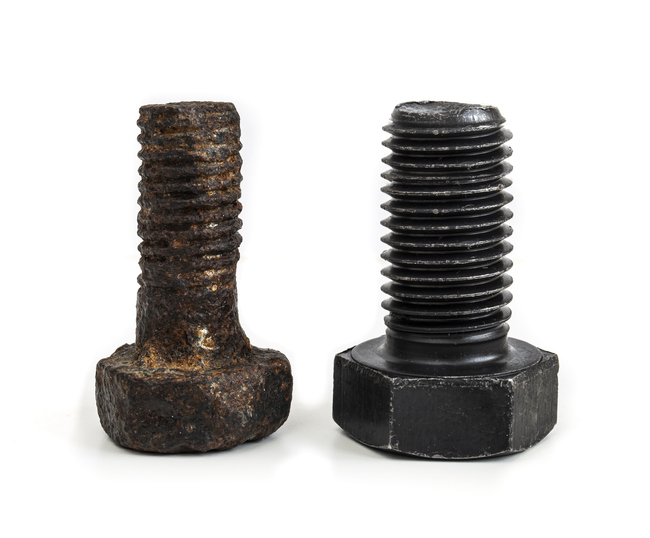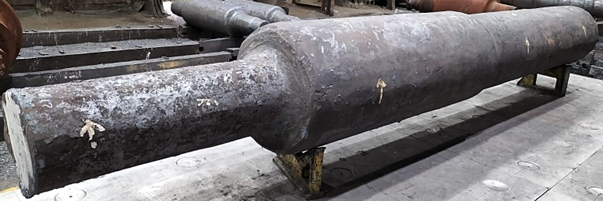Project Example: AID4GREENEST
The AID4GREENEST project addresses these challenges head-on by integrating artificial intelligence (AI) with materials science to develop innovative, sustainable solutions for the steel industry. Running from September 2023 to August 2026 with a budget of €5 million, AID4GREENEST brings together 10 leading European universities, research centers, steel companies, and a small enterprise to pioneer cutting-edge tools and methodologies.
Objectives and Innovations
- AI-Driven Modeling Tools: AID4GREENEST is developing three AI-based chemistry-process-structure modeling tools that enable the design of robust materials and eco-friendly production routes. These tools optimize material properties and processing parameters, reducing CO2 emissions and waste generation.
- Creep Performance Prediction: The project introduces machine learning-based tools for predicting creep performance in heat-resistant steels. By leveraging accelerated creep testing, the methodology drastically improves R&D efficiency and reduces reliance on resource-intensive testing methods.
- Microstructure Evolution Modeling: A sequential model is being developed to predict microstructure changes during forging and quenching of large-scale steel products. This eliminates wasteful re-processing and replaces conventional trial-and-error testing with data-driven precision.
- Lifecycle Assessment and Innovation Roadmap: AID4GREENEST performs lifecycle assessments to support model-based innovation processes. A roadmap will guide the adoption of AI-enhanced tools across the entire value chain, from materials design to product development.
- Online Platform for Knowledge Sharing: The project includes the development of an AI-based online platform to centralize knowledge transfer. This resource will feature workflows, open-access publications, and standardized data for the industry.
Impact and Applications
- Hot Rolling of Steels: AID4GREENEST accelerates the decarbonization of hot-rolled steels, particularly martensitic grades. These high-strength steels, while currently a niche market, hold immense potential for applications in renewable energy and heavy transport. The project’s innovations in redesigning existing grades offer billions of euros in value while reducing environmental footprints.
- Forging and Quenching: The optimization of forging and quenching processes, particularly for turbine and generator components, is another focus. The project addresses energy-intensive heat treatment challenges, ensuring long-lasting and cost-effective components for wind turbines. By improving material efficiency and durability, AID4GREENEST enhances competitiveness in the renewable energy sector, helping reduce the levelized cost of energy for offshore wind systems.
- Critical Materials Supply: By developing tools to optimize the use of secondary and recycled materials, AID4GREENEST mitigates Europe’s dependency on critical raw materials. Its innovative methods improve alloying processes and reduce the need for primary resources, creating a more resilient supply chain for high-tech steel sectors.
Through its AI-powered tools, lifecycle assessment methodologies, and focus on sustainability, AID4GREENEST exemplifies how technology can transform the steel industry into a cleaner, more resilient, and more innovative sector.
to top

 Fraunhofer Institute for Mechanics of Materials IWM
Fraunhofer Institute for Mechanics of Materials IWM
